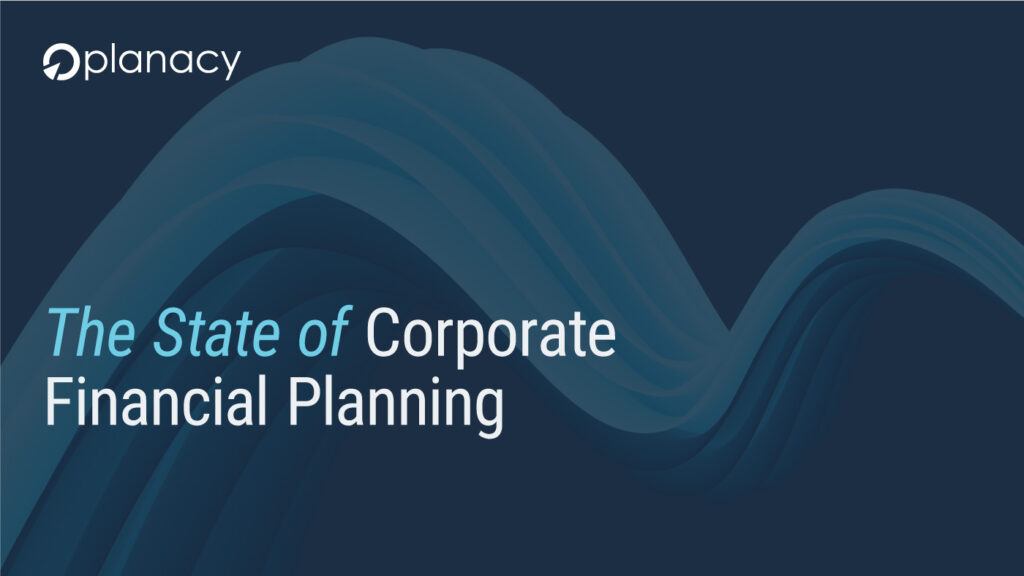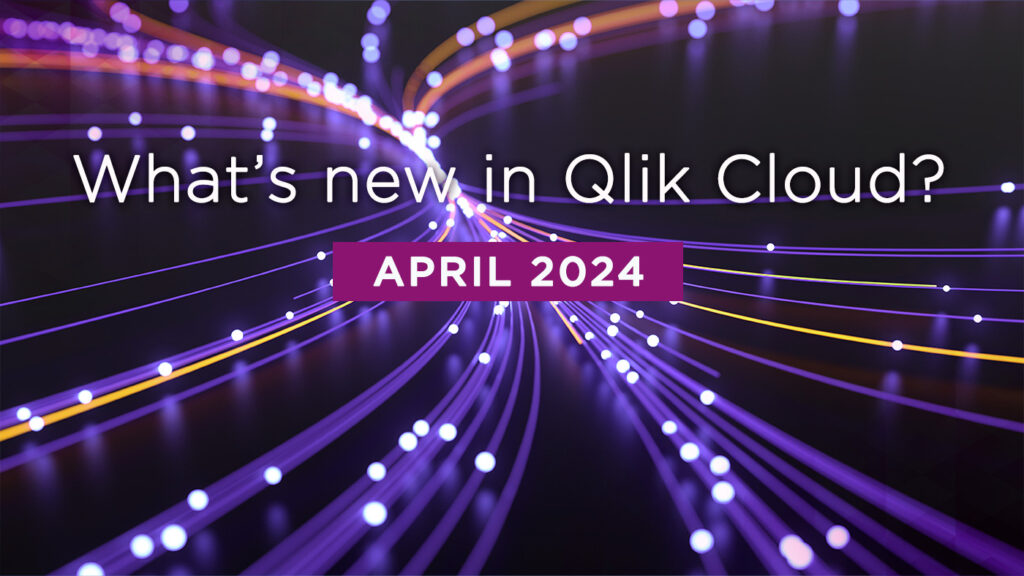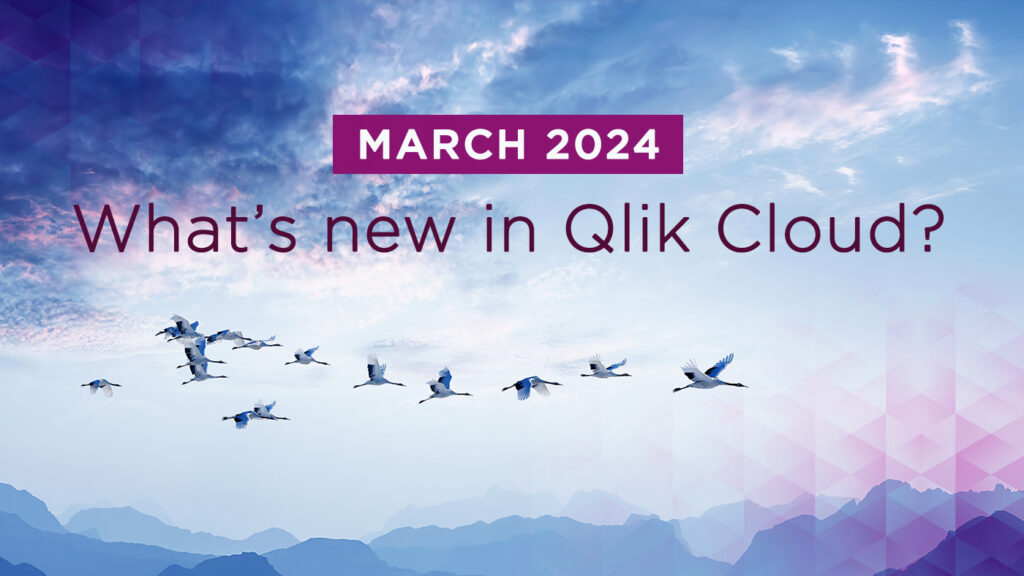
What you missed at
Qonnections 2018
Qonnections 2018 wrapped up some weeks ago – so what were the key take-aways? For me, there were a number of key topics that I wanted to find out more about. First on my list was Qlik’s new management, and how it will change the roadmap. Second, was the development of the Augmented Intelligence that we got a sneak peek of last year. And last but not least, was my favourite subject: Data Literacy. I’m also happy to report a new openness at Qlik.
New management is listening
Mike Capone, the new CEO of Qlik, is on the right track. To me, it’s clear that they’re listening to us and to the customers in terms of features and capabilities that we’re waiting for. I understand this not only from listening to Mike but also from my discussions with Qlik R&D. In his keynote talk, Mike Capone discussed things they are addressing: One User – One License – One Experience.
Mike Capone’s key message was that:
- they will continue to develop both QlikView and Qlik Sense
- they will put even more effort into Qlik Sense frontend to bridge the gap in capabilities between QlikView and Qlik Sense
- it will be easier to migrate from QlikView to Qlik Sense
- You will not need to buy two licenses to run both products. How this will be implemented and at what extra cost is not clear. The words used were “a fraction of the cost for a new license”, and that seems to be translated into 30% up on QlikView maintenance to also get licenses for Qlik Sense. In the long run, there will probably be one license for both QlikView and Qlik Sense.
AI – really like what we see
The new cognitive capabilities or “Unleashing the Beast” as Elif Tutuk (Qlik Research Director) refers to it, looks really promising. Qlik uses Artificial Intelligence and Machine Learning to learn from the user and the data and with the new cognitive capabilities, the users will get help in many ways. To me, this is the most exciting thing that has happened in BI in a long time, this will truly change the way we use Qlik Sense, and we’ve only seen the beginning.
- When creating the data model, Qlik guides with Association Recommendations based on the data using not only the classic field names but also the actual data.
- When creating visualizations, the new Qlik Insight Advisor displays suggestions based on the actual data and insights found within the data. Not only within the associated data but as a new way of finding insights within the unassociated data, the unique Qlik Power of Grey is getting a revival.
They are closing in on Natural Language Queries (NLQ) here as well. I’ve played with the Insight Advisor in a beta for the June 2018 release and I really like what I see. - When looking at KPI trends and trying to understand the cause, the key drivers, just ask Qlik for the key drivers for the specific KPI and you’ll be presented with the top positive and negative causes for the trend.
With the new capabilities, Self-Service possibilities in Qlik have really improved. The user does not need to know all the coding as Qlik assists with their Accelerated Self-service.
Studies show that with Artificial Intelligence comes better predictions, but also a growing importance of data to feed the system with. Professor Ajay Agrawal, Rotman School of Management, adds to that the growing importance of its complements, the human judgments and actions. The Artificial Intelligence should do the crunching of data to show the facts and predictions but let humans add to that their judgment and take the actions. We often talk about using fact-based decision making instead of gut feeling, but I’m thinking that we should to some extent use gut feelings but make sure that they are well-informed gut feelings. This is where Qlik is on the right track with Augmented Intelligence, that puts the user at the center of the decision making.
Qlik takes the lead in Data Literacy
This year Data Literacy – the ability to Read, Work, Analyse and Argue with the data – was a key topic with many sessions both on main stage and breakouts. Unfortunately, the subject is a bit fluffy and I think they need to be even more concrete on what and how to increase the level of Data Literacy. Qlik has a lot of free material online in QCC that’s good, but I would like to see even more practical and hands on guides.
I’m really pleased that Qlik are taking the lead on Data Literacy. I’ve talked a lot about how to make sure the design of the Qlik solutions helps the users understand their business with the available data. Up to now that has often been the most important task for the BI developers, but with improved Self Service capabilities that will change. The importance for the users to be Data Literate is growing, when the users design part of the solutions themselves. There is a saying that ‘With statistics you can prove almost anything’ and we must help the users to understand what they are really looking at and to challenge the result of the analysis.
In my interview with Dan Sommer you can hear his takes on how Data Literacy and AI will together improve the value of using Qlik.
This year Qlik also talked about:
- Qlik Core. Qlik has released Qlik Core for use cases where the associative experience of Qlik can be used outside the normal BI world. It can be your website with the Qlik Engine as the backend. Imagine that you want to create a new PriceRunner, then Qlik Core would be an excellent choice. Qlik Core comes with no user interface at all, everything needs to be created using the open APIs.
- Multi-Cloud, previously called Hybrid Cloud. The message is the same, there is not one cloud but combinations of many clouds, as well as on-premise installations and they all, need to be able to interact. There will be new a lot of new releases around the cloud offering, with a new hub, etc.
- Big Data Indexing (BDI), Qliks solution for datasets that are too large to handle in memory. With BDI the data will be left where it is, but you will still get the same associative experience as with the in-memory applications. BDI is currently in beta but will be released during 2018.
- Multi-Layer maps. There is a new native map object in Qlik Sense that now supports multiple layers of areas and points, with more types of layers in the coming releases. This will replace the Qlik GeoAnalytic visualization extensions. I’ve rebuilt some of our customer solutions and this is a real improvement.
Win-win with new openness
When Qlik was removed from Nasdaq and went private, analytical firms like Gartner wrote that they are less transparent and that might be true when it comes to financial figures but for all of us working with the products it’s the exact opposite. We are experiencing a new openness from the research and development teams compared to before. We’ve had personal meetings with a lot of people at the research, development and usability teams and they share their thoughts freely and are eager to know what we think.
Qlik are continuing their focus on developing the capabilities and features of both QlikView and Qlik Sense. They showed the roadmap for a lot of the things they talked about last year and we will see a lot of them in 2018.
For me, working close to the BI users and their needs, the new cognitive capabilities are the most exciting thing that has happened with Qlik since I started with BI 2011. I’m really excited to see Elif Tutuk and her team continue unleashing the beast!
/Olof Malmström
My name is Olof Malmström and I am a business consultant at Climber. Here on the Climber blog, I share my thoughts on a wide range of topics in Business Intelligence, data analysis and Qlik products. You can find me on Twitter @omalmstrom or email me at olof.malmstrom@climber.se.
Want to know more?
Contact us!
Olof Malmström
Erica Lenksjö
Marknadschef
erica.lenksjo@climber.se
+46 72 352 35 09
News

Planacys årliga rapport: TSOCFP 2024
Planacy har släppt 2024 upplagan av ”The State of Corporate Financial Planning”. En kartläggning, analys och trendspaning av svenska företag och verksamheters arbete med finansiell planering.
>> Ladda ner rapporten här!
What’s New in Qlik Cloud – April 2024
This month you will find out about new releases in Qlik Cloud Data Integration for the Data Movement Gateway, new SaaS application connectors, and a new data connection interface. In the analytics world, you will find enhancements to reporting, app styling, and administration.
>> Read more
What’s New in Qlik Cloud – March 2024
Want to stay up to date with the latest enhancements on the Qlik Cloud Platform? Then visit this monthly blog to learn about the top 10 updates within the Data Analytics and Data Integration area and how you can use these new features in your daily work.
>> Read more
